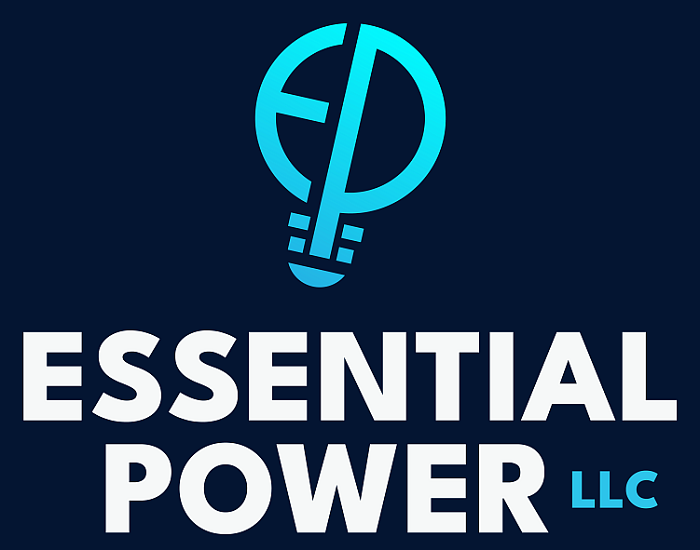The Basics of This Modern Lighting Solution
Recessed lighting is a modern and sleek way to light up your home. Unlike traditional lamps, these lights are set into the ceiling. They provide illumination without taking up space. Many homeowners love them for their clean look. Knowing what recessed lighting is can help you decide if it’s right for your home. It’s important to understand its benefits, challenges, and installation process before making a decision.
Key Benefits of Recessed Lighting
This type of lighting offers many advantages. First, it saves space since the fixtures are installed within the ceiling. This makes rooms appear larger and more open. Additionally, recessed lighting directs light precisely where needed. It also provides an even distribution of light across a room.
- Saves space by being flush with the ceiling
- Offers focused and adjustable lighting
- Creates a modern and clean aesthetic
Potential Challenges With Installation
While recessed lighting has many perks, there are some challenges to consider. One issue is the complexity of recessed lighting installation. It requires cutting holes in the ceiling and dealing with electrical wiring. Another challenge is ensuring proper insulation to prevent drafts or moisture issues.
Steps to Install Recessed Lighting Safely
Before starting recessed lighting installation, gather all necessary tools and materials. First, plan the layout and mark where each light will go. Then, cut holes in the ceiling for each fixture. Next, run wires from your power source to each hole. Finally, connect the fixtures and secure them in place. Test each light to ensure everything works properly.
- Plan the layout for lighting placement
- Cut holes in the ceiling
- Run electrical wires to each opening
- Connect and secure each fixture
- Test lights to ensure functionality
Best Practices for Using Recessed Lights
When using recessed lights, keep some best practices in mind. Choose energy-efficient bulbs to save on electricity bills. Position the lights strategically to highlight areas of interest. Regularly check for any signs of moisture or draft issues around fixtures.
- Opt for LED bulbs for efficiency
- Aim lights at art or architectural features
- Inspect regularly for moisture problems
Understanding Industry Standards and Regulations
It’s crucial to follow industry standards when installing recessed lights. Ensure that your setup meets local building codes. Use only components approved by safety organizations like UL (Underwriters Laboratories). This ensures both functionality and safety.
Evaluating Cost Considerations for Your Project
The cost of recessed lighting varies based on several factors, including the number of fixtures and labor costs. While initial expenses may be higher than other types of lighting, the long-term savings on energy bills often outweigh these costs. Additionally, recessing lighting can increase property value due to its appeal.
Your Guide to Making Informed Decisions About Lighting
If you’re considering upgrading your home’s lighting system, think about recessed lighting as an option. Understanding its benefits and challenges helps make an informed choice. If you require assistance with installation or have further questions, reach out to Essential Powers LLC at (352) 310-7023. Based in Orlando, FL, I offer expert advice tailored to your needs.
